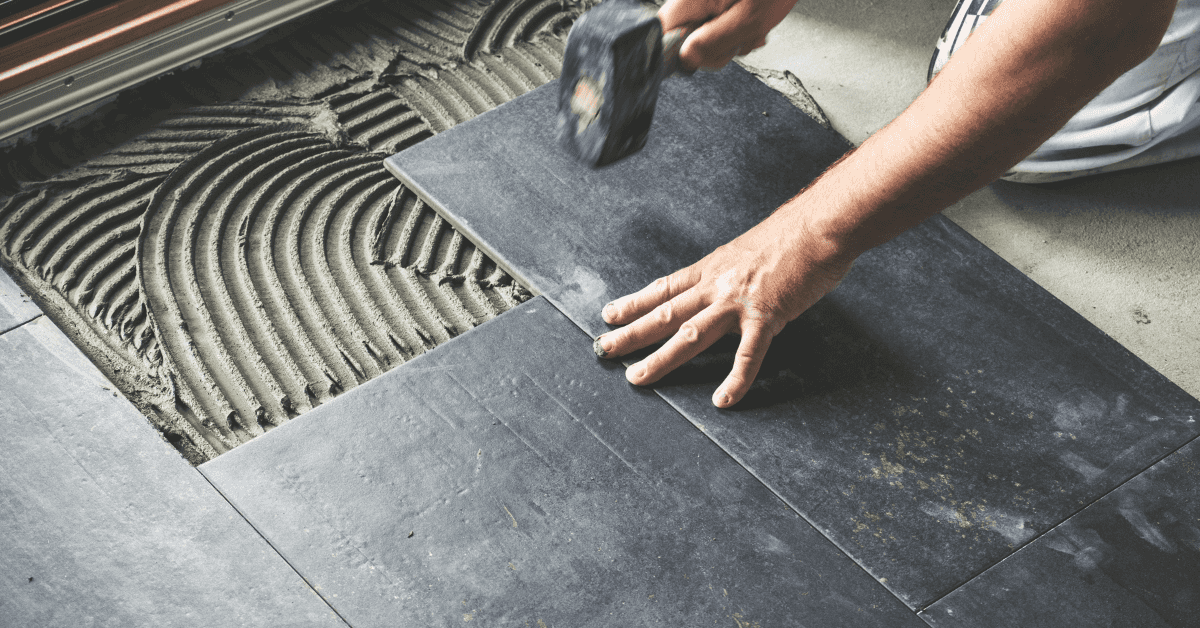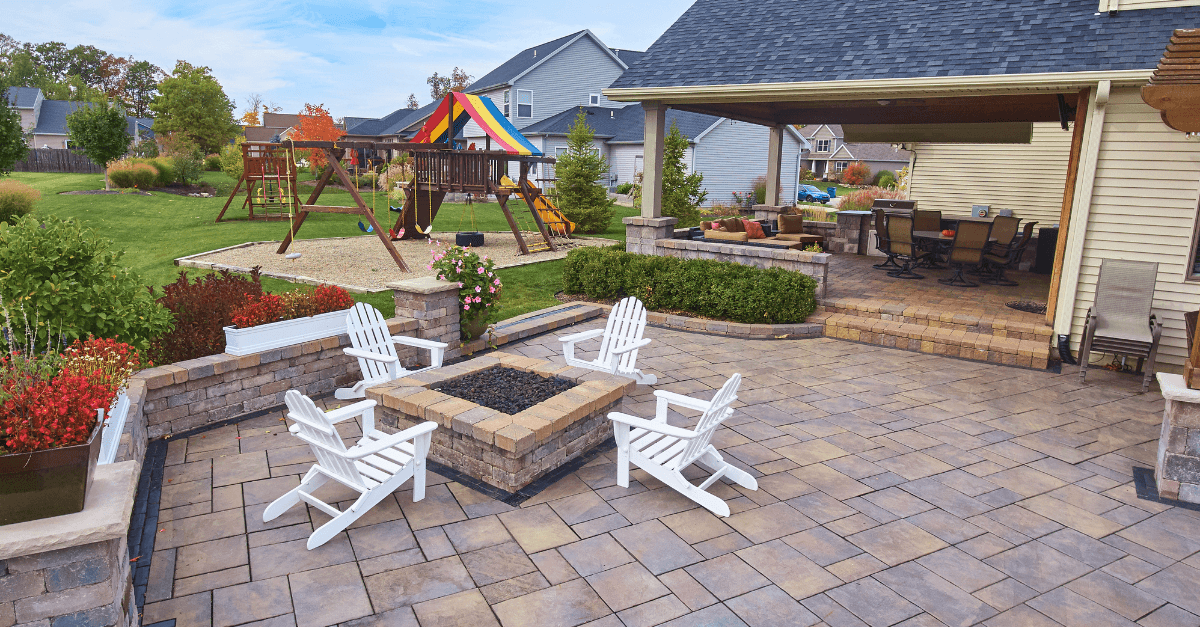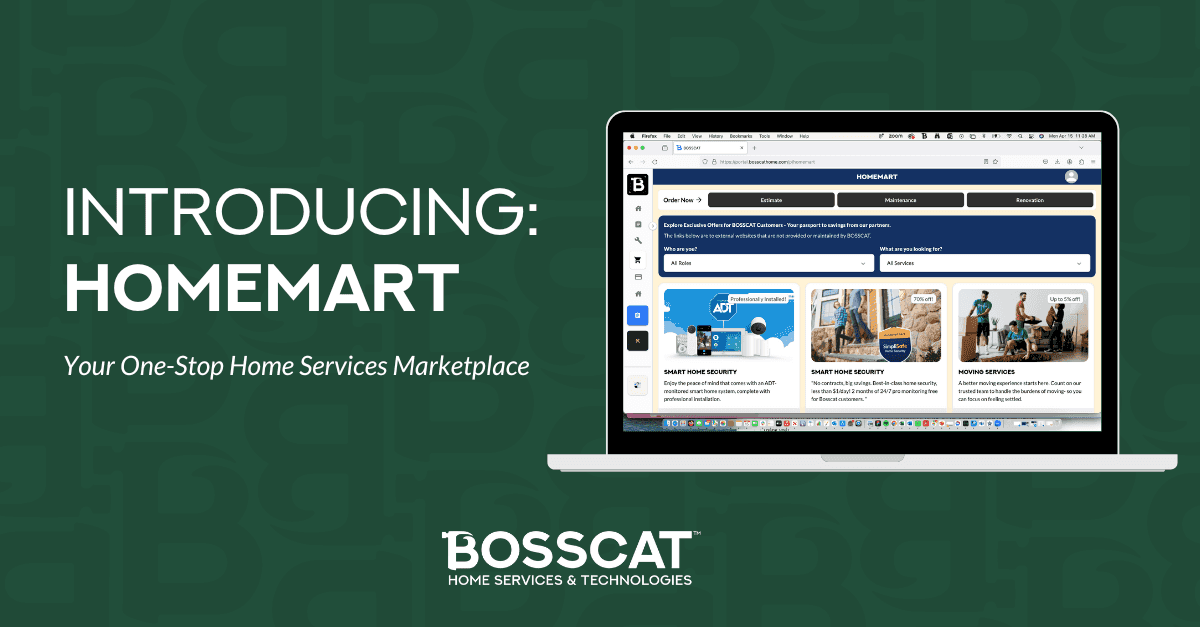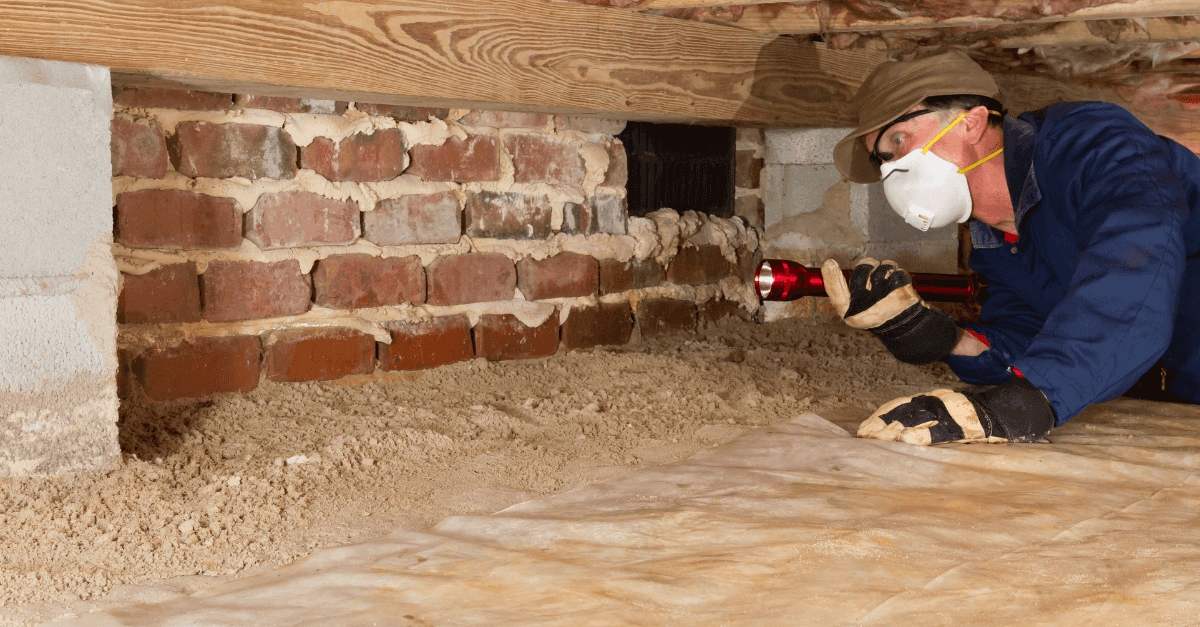Flooring 101: What You Need to Know

Installing new flooring is an expensive, time-consuming project, and you don’t want to have to replace it every few years. So, when picking a new type of flooring, you need an choose an option that matches your lifestyle and one that can withstand the constant assault from furniture legs, high heels, stains, spills, pets, and kids.
Before you go shopping, it’s wise to educate yourself on what kind of flooring is available, as well as the pros and cons of each.
Hardwood Flooring
Hardwood floors are one of the most popular floor covering. These floors contain solid wood all throughout and are immensely pleasing to both the eye and foot. Homeowners love hardwood because its crisp, natural beauty warms any room and complements most furnishings and decor.
Hardwood is also extremely strong and durable, lasting 30 to 100 years. Should the floor become scratched, you can restore it to its original condition through sanding. However, this solid timber floor is expensive, and installation costs range from $6 to $12 per square foot. It’s also susceptible to moisture damage, so you shouldn’t install it in bathrooms, laundry rooms, and basements.
Engineered Wood Flooring
Affordable, stylish, and easy to install, engineered wood flooring is a favorite for many homeowners. Once thought of as a pale imitation of solid hardwood, this material has made great strides in the last few decades. It’s capable of achieving the elegant looks of wood, plus it has improved in performance.
Engineered wood flooring features a veneer of hardwood bonded over a high-quality plywood substrate. It comes in many styles, from traditional oak, exotic options to rustic designs. It’s less prone to moisture damage and is cheaper than hardwood, costing $4 to $9 per square foot. However, you can’t refinish engineered wood flooring more than once, and it isn’t fade-resistant. It’s also slightly less durable, lasting 20 to 40 years.
Laminate Flooring
Laminate flooring is made from composite wood that’s been pressed together to create a platform that has the look and feel of real hardwood. And it manages to offer the natural look of solid wood but at a fraction of the cost. It’s easy-to-install, scratch-resistant, and comes in a multitude of texture and color options.
You can expect your laminate flooring to last between 15 to 25 years, depending on the quality of the product. Installing it costs $2 to $8 per square foot. On the downside, it’s susceptible to moisture damage, hard and noisy underfoot, and it can’t be refinished or re-stained.
Vinyl Flooring
Vinyl Flooring is a synthetic material favored for its durability, affordability, and functionality. It consists of several layers of material pressed together to create an extremely water-resistant floor covering that’s comfortable underfoot. It can be designed to mimic high-quality finishes such as hardwood, stone, ceramic, and marble.
Expect to pay an average of $2 per square foot for sheet vinyl installation and $6 for luxury vinyl tiles and planks. You can easily install it as a weekend DIY project. It will last anywhere from 5 to 25 years, depending on the quality and how it’s installed and maintained. Vinyl can be prone to scratching, so keep fresh felt bumpers on the feet of furniture pieces.
Tile Flooring
Tile is a popular flooring in kitchens, bathrooms, entryways, and laundry rooms. It’s valued for its beauty and cost-saving potential. The most common tile materials are ceramic, porcelain, and stone, and they come in a variety of styles, textures, and colors. Tile is water-resistant, easy to clean up, and durable against scratches and spills. With proper installation, high-quality tile can last 30 to 50+ years.
The average price range for ceramic tiles is around $2.50 to $3.00 per square foot, and $3 to $10 for porcelain tile. Buying natural stone tile will cost you $5 to $15 per square foot. Installation costs will depend on the size and complexity of the tiling project. The drawback of tile is that it can crack when hit by a hard object, it’s hard to install, and some options are cold and slippery.
Carpet Flooring
Carpet is made from woven fiber. The most common options are wall-to-wall and peel-and-stick styles, but they come in a variety of materials, patterns, and colors. Thanks to its cushioned surface, carpet cuts down on noise, adds additional warmth, offers you a non-slip and soft surface, and hides problems with subflooring.
On average, installing carpet costs between $2.50 and $10 per square foot. If you vacuum it regularly and shampoo it annually, it will last 10 to 15 + years. The problem with carpets is that they require regular cleaning, which ultimately wears them down. Carpet stains can also become permanent, and dust-related allergies can emerge.
Compare and Contrast Different Flooring Options Before Buying
Whether you’re renovating the entire house or freshening up a single room, new flooring can revive spaces that look tired. Before picking hardwood, engineered wood, laminate, vinyl, tile, or carpet, consider your budget, each room’s needs, personal taste, and how durable and easy it is to install the flooring.
Hopefully, this guide will help you select a flooring option you’ll be happy to live with for years to come. With PunchList you get free online home repair estimates on demand when you need expert advice on choosing the right flooring.


